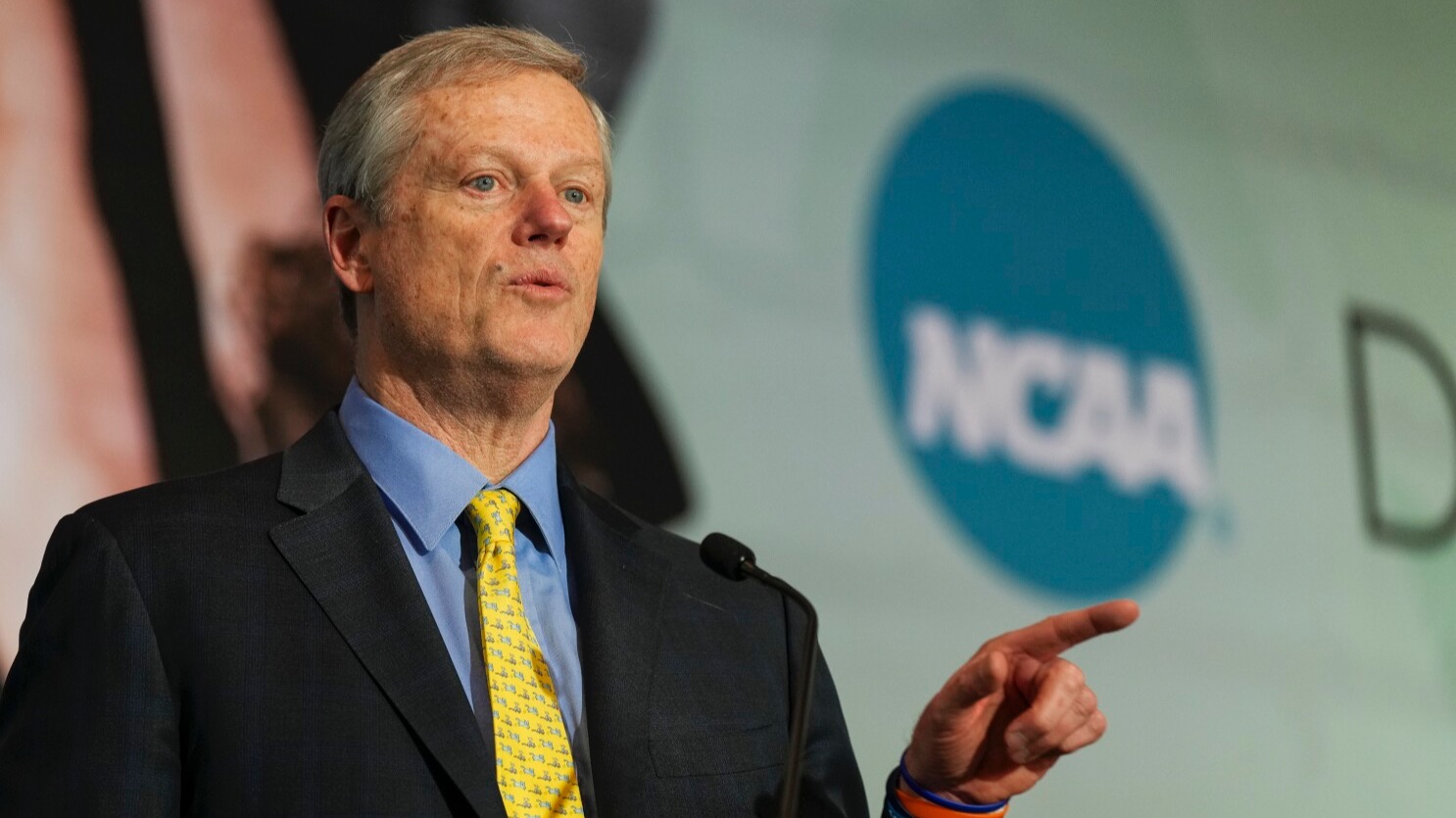Opendorse Three Year NIL Report Takeaways and Insights
Jul 04, 2024
On July 1st, Opendorse came out with its annual NIL report, which deep dove into the third year of NIL (July 2023-June 2024) and forecasted ahead to what the fourth year of NIL could entail.
Opendorse has become one of the leaders in providing NIL data insights because of the massive scale it has. But some of its reporting has been met with skepticism, like when On3 founder Shannon Terry took to Twitter last year to vent about a projection for NIL Power 5 Collectives to spend $900+ million in year 3.
Before we get into the key numbers from the report, it's important to share a disclaimer of how many of the values from the report were calculated:
*Altogether, Opendorse insights encompass 150,000+ athlete users, $250M+ in NIL compensation, from 100,000+ NIL activities. Additionally, this report was produced in collaboration with The Collective Association (TCA). Formally established in July 2023, TCA is a trade association comprised of 40 of the top collectives across the NCAA Division I landscape. Throughout the report, unless otherwise noted, datapoints shown represent compensation amounts for NCAA Division I student-athletes based on actual NIL transactions disclosed through, or processed by, Opendorse between July 1, 2021, and June 7, 2024.
We dove deep in the 16 page report and below are the top takeaways. Anything in bold is pulled directly from the report followed by some CleanKonnect analysis:
The eye popping headline in the introduction focused on the total expected NIL revenue.
During this period, the total projected NIL market has exploded from $917 million in 2021-22 to an expected $1.67 billion in 2024-25 – with no signs of slowing down.
In the first year, the report predicted a $1.14B increase in the NIL market by year 2, and the second year report predicted the market to increase to $1.17B in year 3. So an expectation of an almost 50% bump in total NIL revenue (sans athlete revenue sharing which wouldn't commence until fall 2025) is substantial.
Early projections point to the total NIL market exceeding $2.5 billion in the first year of revenue sharing.
It's expected that the first year of revenue sharing would commence in fall 2025, which would technically be the fifth year of NIL. One can surmise that this $2.5B projection is devoid of the revenue sharing number, which would be icing on top of the $2.5B in NIL through 1) legitimate direct brand deals 2) Collective or school facilitated NIL deals.

The report projects a 4:1 Collective to Commercial spend in year 4. Last year the ratio was 5:1 Collective to Commercial spend, as the Opendorse report reported 79.9% of all earnings was Collective revenue, meaning the report predicts a disproportionately greater increase in Commercial NIL opportunities. Commercial revenue is considered revenue from sponsors, brands, and fans.
The report projects that $1.1B of the $1.67B (66%) in NIL income would be from football at all levels. Last year's report expected $726.2MM/$1.17B (62%) would be from football at all levels, so the report expects a disproportionate growth in NIL earnings vis-a-vis other sports.
Women’s basketball (10.2% of all Commercial NIL activity) leapfrogged Men’s basketball (8.6%) for the first time. Back in July 2022 when the Opendorse year 1 report came out, Women's' Basketball (15.7%) was within spitting distance of Men's Basketball (17%) driven by major stars like the Cavinder twins and Caitlin Clark.
30.4% of all collective NIL activities include appearances by student-athletes, which is the second biggest category of activities from Collective NIL compensation, meaning athletes are earning a large chunk of their NIL income through NIL deals just by showing up to events like meet and greets.

Collectives are still heavily skewed toward men's sports. <3.5% of all Collective compensation goes to females, compared to >15% of all Commercial compensation to females.
For every one Collective deal that a women's volleyball player did, about eight deals were Commercial.
For every one Commercial deal that a men's football player did, about three deals were Collective.
The distribution of NIL income is not surprisingly right skewed, meaning there are a few outliers who pull the average higher than the median (50th percentile entry in the data set). The top 25 men's basketball players reportedly took home almost $350k/year, which is in line with what one would expect from other reported NIL numbers. For example, on a recent NIL podcast episode, UNC basketball star Armando Bacot, who leaned into NIL as thoughtfully as any major college basketball athlete, shared that he made north of $2MM in NIL during his time at UNC (three years of NIL eligibility).
Looking ahead to a new revenue sharing world, Opendorse shared a prediction of how the elite quarterback NIL revenue distribution will change. From today to the 2025-2026 season, the total compensation is expected to double, but almost 70% of the total compensation is expected to come from revenue sharing (which is not NIL). As a result, the NIL compensation coming from Collectives is expected to be crowded out. What time will tell is wheth that Collective investment from alumni and donors will be reallocated to other sports.

One of the most "dangerous" metrics of the report according to skeptics was the data point that athletes who transfer earn 70% more after transferring instead of staying put. This mimics trends in the greater economy - which showcases those who switch jobs see a 5.6% raise in wages compared to a 4.9% raise for those who stay in a job. So those who transfer professional jobs earn 14% more than if they stayed put.
When Caitlin Clark declared for the WNBA draft instead of coming back for her fifth year of eligibility at Iowa, much of the online banter was comparing her (unreported) expected NIL learnings to the average WNBA salary. Opendorse cites the average NIL compensation for the top 25 women's college players at almost $89k, which is higher than the average WNBA salary of $78k. This does not mean the top female athletes should not stay in college in lieu of going to the WNBA, but rather recognize that many of the brand deals the women's college athletes picked up while in college should follow them to the WNBA.

The report includes a graph that shows a general correlation between overall athletic success and NIL Collective budget, suggesting that teams with higher Collective budgets have more athletic success. This is inline with a similar graph from last year's report. Skeptics of the report point out that correlation doesn't mean causation. It likely could be programs with strong athletic programs also happen to have large Collective budgets because of their athletic success that preceded their Collective war chests.

National brands make up 60% of all participating brands in Commercial NIL activities but 81% of all deals, while local + regional brands make up 40% of all the brands but only 19% of all deals, conveying that while local brands are actively participating in NIL Commercial activities, the total qunatity of deals are much smaller for local + regional brands. In the year 1 report, Opendorse cited that local brands were expected to make up 34.3% of the year two of NIL brand spend with an anticipated expenditure of $250.5 million.
One of the top 10 NIL headlines of year 3 of NIL according to CleanKonnect was the announcement of EA Sports 25 which is set to be released on July 19th. The report cites the case study of EA Sports entering NIL and how it enlisted major college football athletes like Ole Miss quarterback Jaxson Dart to promote EA Sports 25 and massive campaign generated more than 73M organic impressions, and reached nearly 45M fans.

One of the biggest evolutions of NIL was the shift in top categories for Commercial NIL brand deals.
In the three year report, the top three categories were:
- Technology (16.9% of total spend)
- Apparel & Accessories (14.2%)
- Non-Profits (9.9%)
In the one year report, the top three categories were:
- Trading Cards/NFTs (17.9%)
- Mobile Apps (16.5%)
- E-Commerce (7.7%)
This data showcases the evolution of an industry - new players enter the space after taking a second mover advantage approach to invest while some industries naturally gravitate away from the opportunity after they were early to the space and saw how the campaigns perform. This also showcases just how many different brand opportunities there are for athletes beyond the first categories that come to mind.
A few things the Opendorse report was devoid of:
- Simple averages of NIL transactions data for all athletes. Opendorse has typically reported on this, and these averages are included in the Influencer NIL Year 3 Data Report.
- In the Opendorse two year report, Opendorse cited that the headline for year 3 would be: ROI IS REALITY and claimed that donors and brands would be more intentional about seeing if the ROI on their NIL investment was paying off. The year three report only has one graph which shows an aforementioned weak correlation between Overall Athletic Success and NIL Collective Budget, which again should be taken with a grain of salt that correlation doesn't mean causation.
You can read the CleanKonnect takeaways from the year 2 report here.
You can download the Opendorse NIL at 3 report in its entirety here.
You can read other key takeaways and analysis from the report on these Twitter threads:
Stay in the loop with key NIL Happenings!
Join our mailing list to receive weekly NIL newsletters on key developments in the NIL landscape.
We love NIL, but hate SPAM. We will never sell your information, for any reason.





